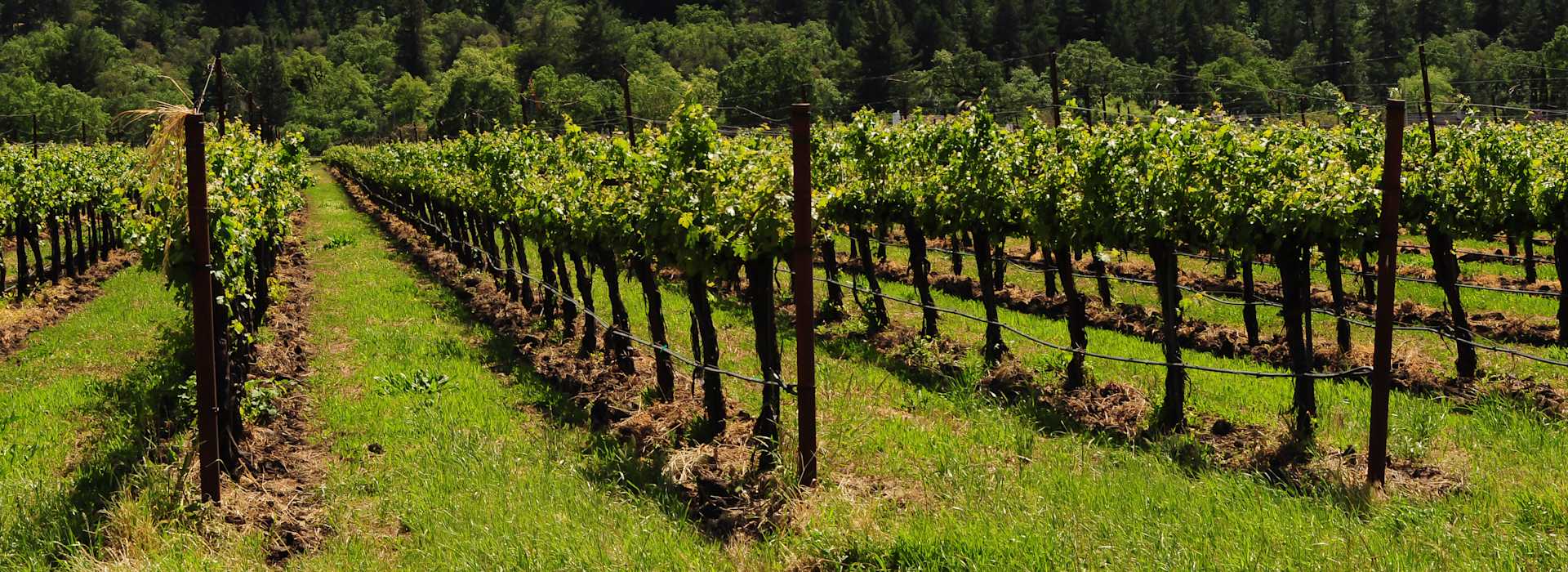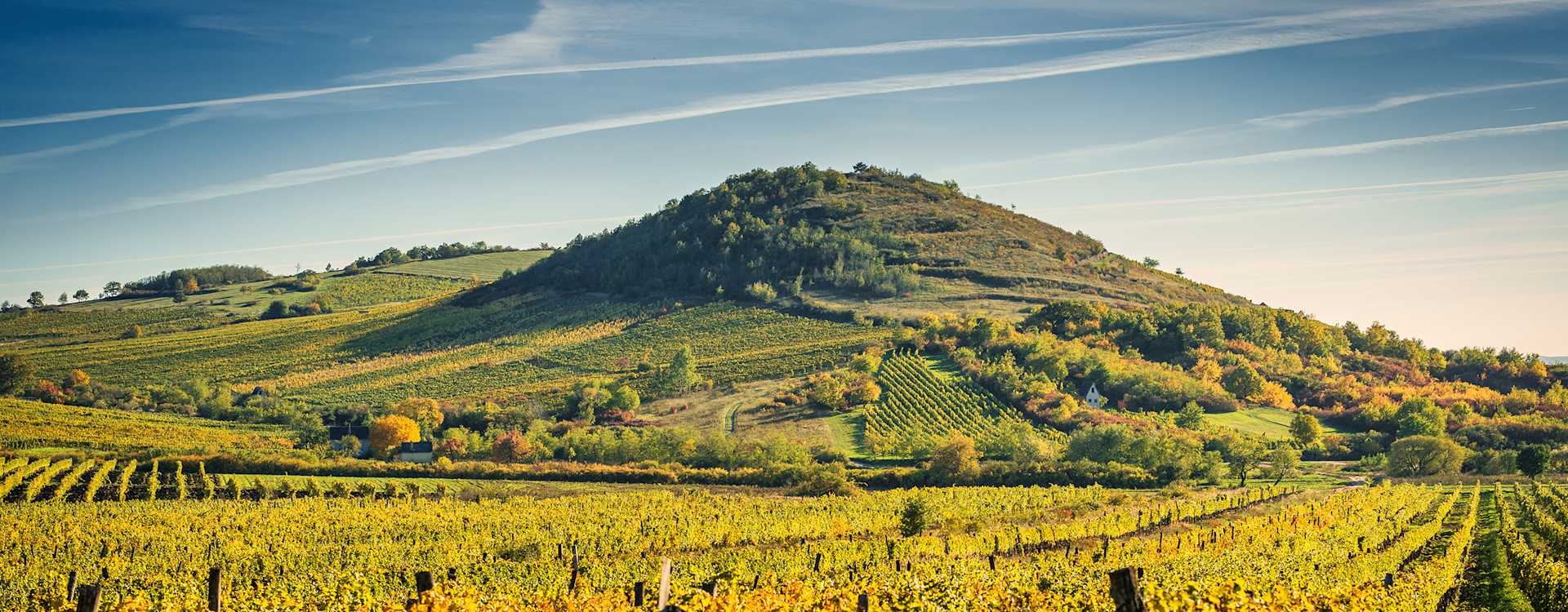Kracher Zweigelt TBA Nouvelle Vague No. 3 (375ML) 2015
-
Wine
Enthusiast -
James
Suckling -
Robert
Parker



Product Details
Your Rating
Somm Note
Winemaker Notes
Professional Ratings
-
Wine Enthusiast
Szechuan pepper, cold smoke and autumn leaves on the nose lead onto a lusciously sweet palate of baked plum. This is viscous and fluid, rich and brooding, with echoes of molasses and maple syrup but something hauntingly peppery and hotly shimmering in the background. Pepper and plum dominate the finish of this most unusual Zweigelt TBA. Drink until 2040, at least.
-
James Suckling
Quite port-like, this reddish TBA has about half the alcoholic content of the Douro original. A rich and supple wine with moderate sweetness for this category that’s neither truly red nor white, but has a very appealing balance through the long, elegant finish. Drink or hold.
-
Robert Parker's Wine Advocate
Fermented and aged for 16 months in new barriques, the Trockenbeerenauslese No 3 Zweigelt Nouvelle Vague has a dark cherry color and delivers beautifully warm and toasted ripe plum and red berry aromas to the slightly smoky nose. This is a very elegant and finessed TBA with remarkable balance. The tannins are very fine, while the finish is very long and elegant. Orange zest gives a beautiful bitterness in the aftertaste. The sweetness of 208 grams of residual sugar is perfectly integrated, and provides a splendid roundness. Like the Rosenmuskateller, the Zweigelt also comes along with Christmas flavors.





Located in the Seewinkel, an area in the Burgenland region of Austra, along the eastern shore of Lake Neusiedl, Weinlaubenhof Alois Kracher is in possession of a microclimate uniquely suited to the production of Beerenauslese and Trockenbeerenauslese wines. 32 hectares of vineyards are planted with Welschriesling, Chardonnay, Traminer, Muskat Ottonel and Scheurebe. Kracher is internationally regarded as one of the finest dessert wine makes. After Alois Kracher passed away in December 2007, his 27 year-old son Gerhard took over responsibility of winemaking. He manages the winery with the same strength, firm will and consequence as his famous father once did.

Apart from the classics, we find many regional gems of different styles.
Late harvest wines are probably the easiest to understand. Grapes are picked so late that the sugars build up and residual sugar remains after the fermentation process. Ice wine, a style founded in Germany and there referred to as eiswein, is an extreme late harvest wine, produced from grapes frozen on the vine, and pressed while still frozen, resulting in a higher concentration of sugar. It is becoming a specialty of Canada as well, where it takes on the English name of ice wine.
Vin Santo, literally “holy wine,” is a Tuscan sweet wine made from drying the local white grapes Trebbiano Toscano and Malvasia in the winery and not pressing until somewhere between November and March.
Rutherglen is an historic wine region in northeast Victoria, Australia, famous for its fortified Topaque and Muscat with complex tawny characteristics.

The source of Austria’s finest botrytized sweet wines, Burgenland covers a lofty portion of Austria's wine producing real estate. It encompasses the smaller regions of Neusiedlersee, Neusiedlersee-Hügelland, Mittelburgenland and Südburgenland. The latter two are most associated with their exceptional red wines. The region as a whole produces no shortage of important whites.
Neusiedlersee, named for the lake that it surrounds to the east, is home to a great diversity of grape varieties. The region’s most notable wines, however, are the botrytis-infected, sweet versions.
Neusiedlersee-Hügelland, which wraps the lake on its western side, includes the town of Rust, a historically esteemed wine community. Its close proximity to the lake’s fog and mist make it another source of some of the more prestigious botrytized wines. Neusiedlersee-Hügelland also produces fine Blaufränkisch, Pinot Blanc, Neuburger and Grüner Veltliner, though a label will usually name the more general, Burgenland, so as not to confuse it with its eastern cousin, Neusiedlersee, across the lake.
Blaufränkisch is well suited to and makes up over half of the vineyard area in Mittelburgenland. The region’s hills and plateaus, which are composed of variations in schist, loess and clay-limestone, produce high quality reds with interesting diversity.
Südburgenland, also known for its deep, complex and age-worthy Blaufränkisch, is beginning to turn out some alluring whites from Grüner Veltliner, Welschriesling and Weissburgunder (Pinot Blanc).
